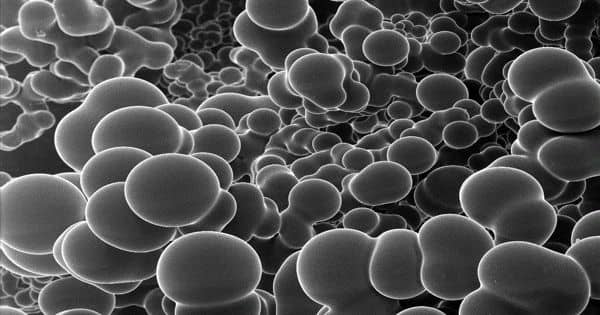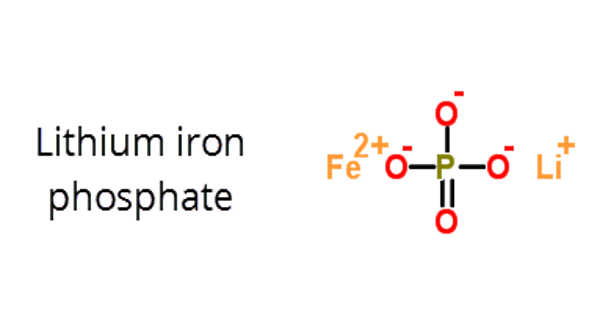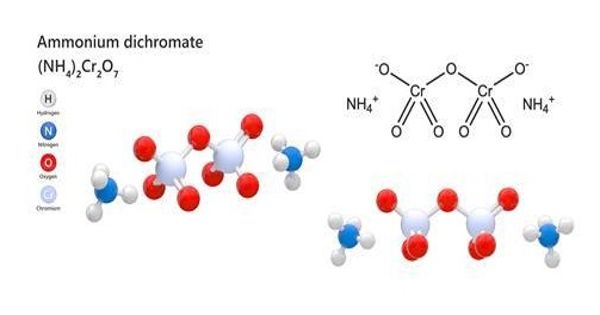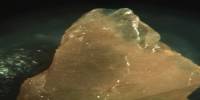Carbon nanofoam (CNF) is a highly porous, amorphous carbon nanomaterial that can be produced through the interaction of a high-fluence laser and a carbon-based target material. It is an allotrope of carbon discovered in 1997 by Andrei V. Rode and co-workers at the Australian National University in Canberra. It is a newly discovered allotrope of carbon, is a three-dimensional structure that consists of several carbon tendrils loosely bound together to form a mist-like arrangement similar to that observed in the case of an aerogel. It consists of a cluster-assembly of carbon atoms strung together in a loose three-dimensional web. It is usually produced by shining a high-intensity pulsed laser on a carbon target in the presence of an inert atmosphere.
Carbon nanofoam is an allotropic form of carbon consisting of a low-density, three-dimensional web of graphene plates, distorted by the inclusion of some seven-membered rings.
The fractal-like bond structure consists of sp2 graphite-like clusters connected by sp3 bonds. The sp3 bonds are located mostly on the surface of the structure and make up 15% to 45% of the material, making its framework similar to diamond-like carbon films. The structural phase space of carbon between graphite-like and diamond-like hybridization states now has many occupants.
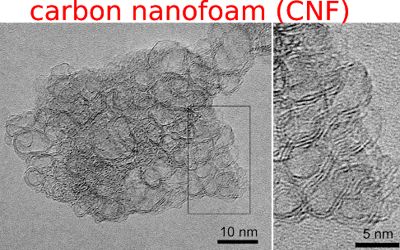
Carbon nanofoam is one of the lightest solid materials known today, having a density of ~2 mg/cm3. Each cluster is about 6 nanometers wide and consists of about 4000 carbon atoms linked in graphite-like sheets that are given negative curvature by the inclusion of heptagons among the regular hexagonal pattern. It has an extremely high surface area and is a good electrical insulator. This is the opposite of what happens in the case of buckminsterfullerenes in which carbon sheets are given positive curvature by the inclusion of pentagons. It is fairly transparent, quite brittle and can withstand very high temperature.
Nanofoams are of considerable current interest due to their unique structure, which lies between two and three dimensions, allowing for many new types of materials with promising new functions for future technologies. The large-scale structure of carbon nanofoam is similar to that of an aerogel, but with 1% of the density of previously produced carbon aerogels—or only a few times the density of air at sea level. The molecular structure of Carbon nanofoam consists of Carbon tendrils bonded together in a low-density, mist like arrangement. Unlike carbon aerogels, carbon nanofoam is a poor electrical conductor.
The nanofoam contains numerous unpaired electrons, which Rode and colleagues propose is due to carbon atoms with only three bonds that are found at topological and bonding defects. The Carbon nanofoam is believed to remove “magnetic prejudice” among the known elements, the idea than an element should be stereotyped as either magnetic or nonmagnetic. This gives rise to what is perhaps carbon nanofoam’s most unusual feature: it is attracted to magnets, and below −183 °C can itself be made magnetic. The preparation of carbon materials from sucrose does not involve toxic chemicals and can be applied in large-scale applications.
Information Source:
